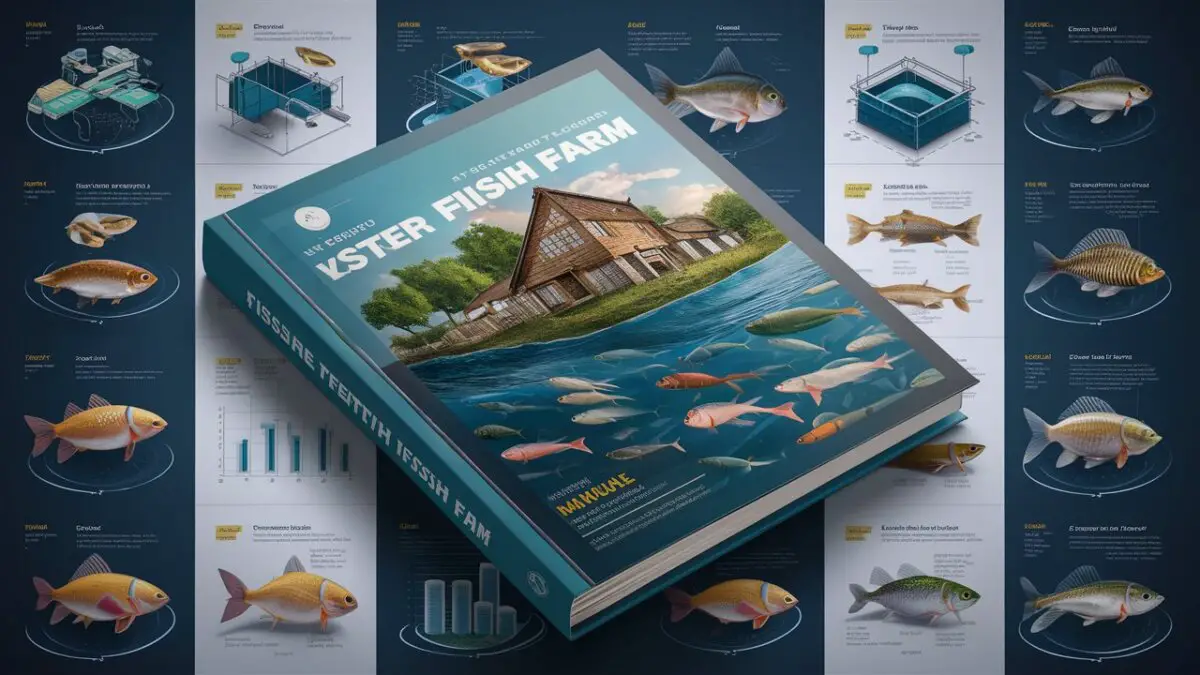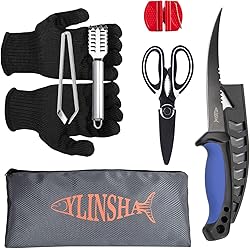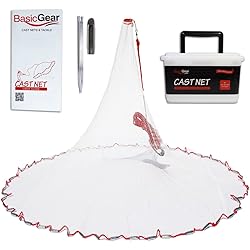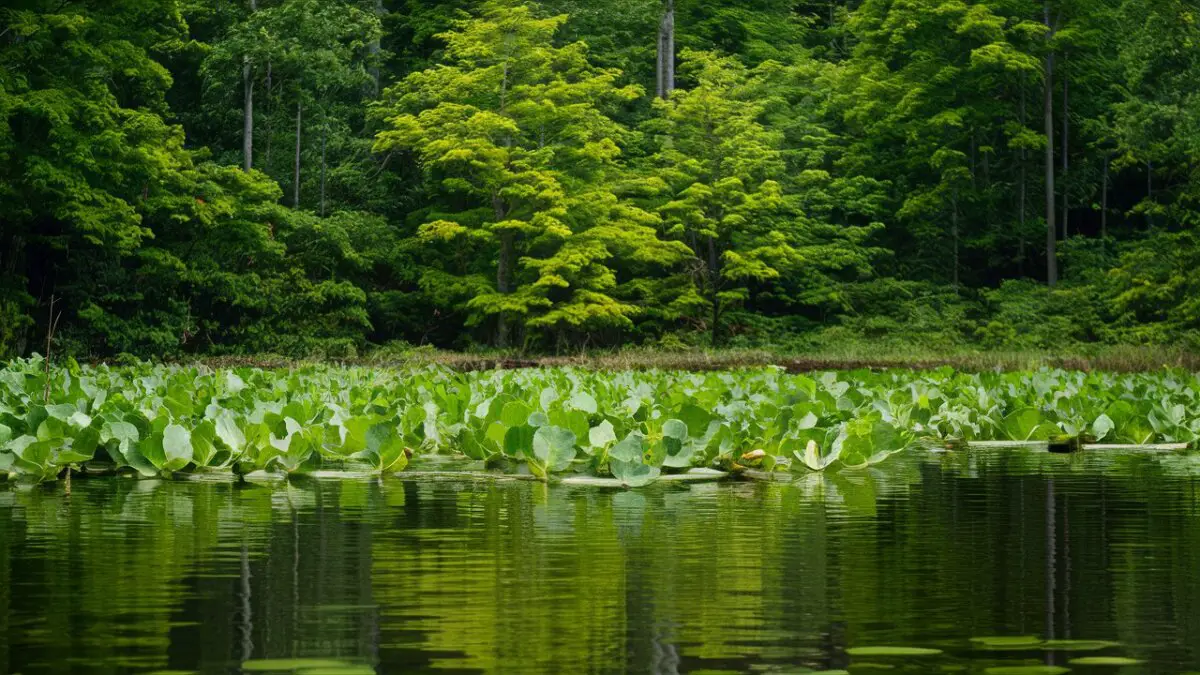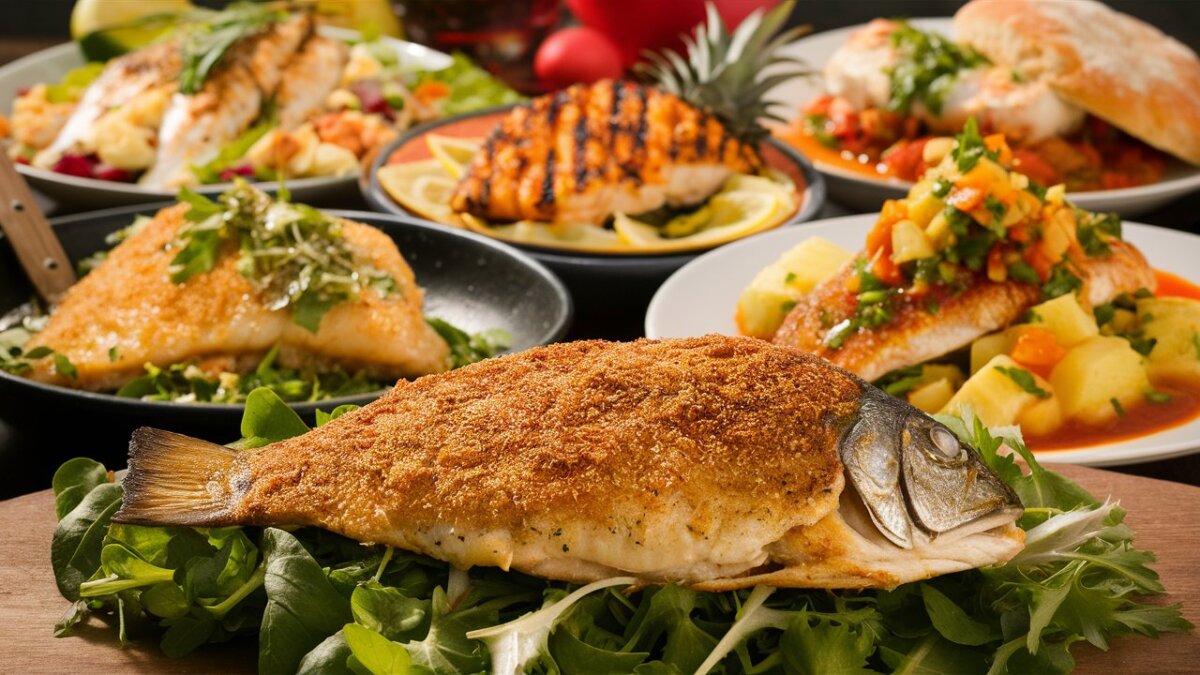Manual for Establishing and Operating a Lucrative Fish Farm: Fish farming has developed from a traditional hobby to a successful business endeavor.
We will look at all the necessary procedures in this in-depth tutorial to turn a basic pond into a successful fish farm.
Successfully navigating the complexities of design, building, administration, and marketing is essential in the aquaculture sector.
We carefully plan the first stage, considering factors such as the type of fish we will raise, the size and depth of the pond, and the local climate.
We then carefully build the pond, adding features like water quality control and aeration systems.
Effective management techniques, such as feeding schedules and disease control, are essential once the pond is prepared.
Portable koi Pond,Large Aquaculture Pool,for Emergency Water Supply and Drought Resistance
Marketing strategies are essential for reaching potential buyers and establishing a brand presence.
Leveraging digital platforms and local markets can boost sales.
With dedication and adherence to best practices, turning a humble pond into a thriving fish farm is not only feasible but also a rewarding venture in the rapidly expanding aquaculture sector.

Creating Your Aquaculture Business Plan
Selecting the Right Location
Finding the ideal site is essential to a successful fish farm.
Selecting the best location is essential to aquaculture success.
Crucial factors such as weather, water availability, and distance to markets must be carefully considered.
The types of plants that can be successfully grown are largely determined by the climate.
The fish must have access to enough water to sustain their health and develop to their full potential.
Furthermore, being close to markets makes transportation more efficient, lessens logistical difficulties, and guarantees a stable supply chain.
Fishermen who properly consider these variables can build a successful and sustainable business.
The strategic assessment of these variables is critical to the venture’s success in establishing the farm’s location.
Finding the Target Fish Species
Diverse habitats support the growth of distinct fish species. Examine and choose the species that best suit the needs of the market and the conditions of your farm.
Understanding the unique needs of each species is critical for aquaculture’s success.
For optimum development and health, make decisions based on the local climate, water quality, and accessible resources.
For example, tilapia is a suitable choice for tropical settings since it can withstand a variety of situations and adjust well to warm water.
Conversely, trout thrive in freshwater habitats and demand a lower temperature. Additionally, it’s important to consider consumer preferences and current market trends.
Selecting fish that meet consumer demand can increase the profitability of your farm.
By carefully weighing your options, you may optimize the aquaculture business’s financial potential while simultaneously advancing sustainability.
Determining Farm Size
Your farm’s size has a significant influence on both output potential and resource needs.
Maintaining long-term success in the agriculture industry requires careful management of the delicate balance between scale and viability.
The need for manpower, fertilizers, and water increases as your farm grows, which affects overall output.
However, with careful planning and a well-executed strategy, one can minimize the potential drawbacks of larger size.
In order to maximize productivity and reduce environmental effects, it becomes essential to integrate cutting-edge technology with sustainable practices.
Large Aquaculture Pool Fish Pool for Breeding Koi for Garden
Achieving a harmonious balance between farm size and operational viability not only enhances productivity but also contributes to the long-term resilience and profitability of your agricultural enterprise.
In essence, the judicious consideration of scale is a cornerstone for cultivating a thriving and sustainable farming venture.

Pond and Infrastructure Construction
Pond Design and Construction
Fish health and development.
Think about layout, size, and depth when designing a space that will support the fish species of your choice.
For your fish to have a healthy environment and be able to regulate their body temperature, the pond’s depth is essential.
Sufficient dimensions provide an appropriate swimming area and population control, mitigating congestion and anxiety.
Carefully planned placement of plants, rocks, and hiding places replicates your fish’s natural environment.
This enhances their general vitality by encouraging natural habits in addition to improving their physical health.
Setting these important components in order of importance will help you create a peaceful pond that provides the best possible environment for fish growth and longevity.
Water Supply and Quality Management
We must maintain water quality and quantity to support ecosystems and human welfare.
Ensuring ideal circumstances necessitates the implementation of systems for water circulation, filtration, and quality testing.
Proper water circulation reduces the danger of waterborne illnesses, encourages the dispersion of oxygen, and avoids stagnation.
Advanced purification systems and other filtration methods help to remove pollutants, protecting human health and aquatic life.
Regular quality testing monitors factors such as pH, chemical composition, and microbiological presence, facilitating the early identification and elimination of potential risks.
By implementing these all-encompassing strategies, we protect aquatic ecosystems’ delicate balance and water supplies, creating a resilient and sustainable environment for future generations.
Equipment and Facilities
Purchasing the appropriate equipment is essential to the success of any aquaculture endeavor.
In order to maintain the ideal oxygen levels for aquatic life, aerators are essential to providing a healthy habitat for your aquatic creatures.
In a similar vein, the use of nets is required for effective fish population management and containment.
Establishing specialized facilities for feeding, harvesting, and processing is crucial, even above the equipment.
These facilities minimize stress during harvest by streamlining processes and offering a methodical approach to feeding schedules.
Effective processing facilities ensure that the finished product is of high caliber and meets consumer expectations.
By prioritising these components, aquaculturists may improve production and support sustainable practices. This will help to create a healthy aquatic ecosystem that will benefit them in the long run.

Getting Your Aquaculture Business Equipped
Selecting Quality Fingerlings
Healthy fingerlings form the foundation of a successful fish farm.
To ensure genetically sound and disease-free stock, purchase them from reputable vendors.
Choose fingerlings that have undergone sustainable breeding, as this will enhance the overall success of your aquaculture endeavor.
Take into account other elements such as temperature, appropriate nourishment, and the quality of the water to keep the circumstances ideal for their growth.
Consistent observation and proactive steps can reduce any health hazards and provide a healthy atmosphere.
Pennington Aquagarden, Complete Raised Window Pond Kit
Implementing biosecurity protocols further safeguards against diseases.
Collaborate with experts in aquaculture to stay updated on the latest advancements and best practices.
By prioritizing the acquisition of healthy fingerlings and maintaining stringent standards, you pave the way for a resilient and prosperous fish farming operation.
Stocking Density Considerations
It’s important to keep the fish in your pond in balance. Overstocking can cause poor growth rates, illness, and stress.
Maintaining an ideal fish population ensures a harmonious aquatic ecology.
To maintain a healthy environment, regular monitoring of water quality metrics is essential. These include pH and oxygen levels. Furthermore, good feeding techniques are critical for avoiding overpopulation problems.
Establishing a carefully thought-out feeding program encourages balanced growth and aids in population control for the fish.
One beneficial way to avoid overcrowding is to thin out extra fish via ethical harvesting or translocation.
By following these guidelines, aquaculturists may create a pond environment that supports the healthy growth and well-being of their aquatic residents by striking a careful balance.
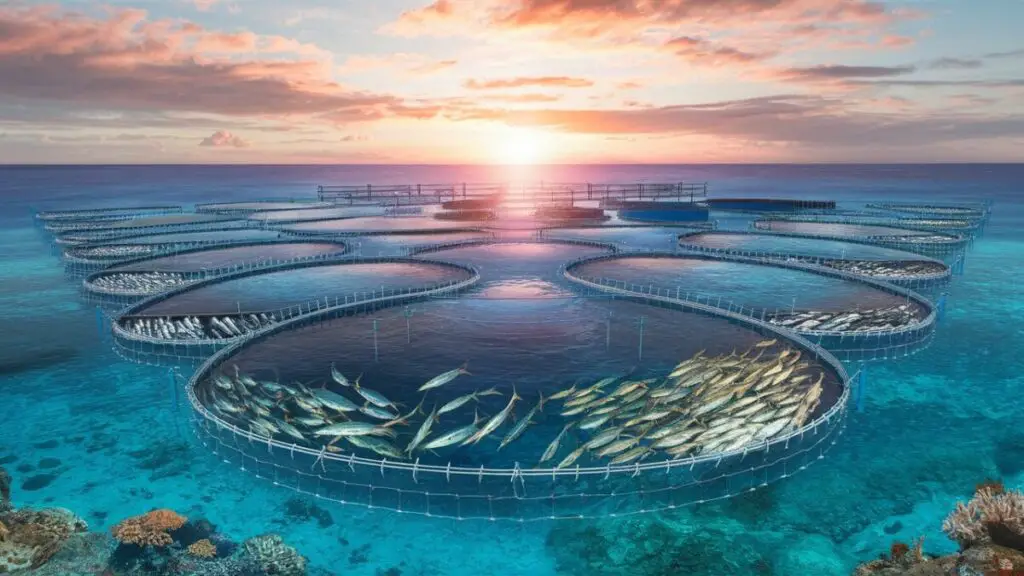
Diet and Nutritional Intake
Choosing the Right Feed
Choosing the right feed is critical for fish growth and health. Take into account the dietary needs and feed availability in your area.
For your fish species to flourish to their best potential, you must be aware of their unique nutritional requirements.
Choosing feeds rich in essential nutrients, such as proteins, vitamins, and minerals, ensures a balanced diet that supports robust immune systems and vibrant coloring.
In addition, consider using local feed supplies to improve sustainability and cost-effectiveness.
By matching the nutritional profile of the feed to the needs of your fish and using locally obtained products, you promote the health of your aquatic population and help maintain the ecological balance in general.
Careful consideration of these elements makes a successful aquaculture system possible, resulting in healthy and more robust fish populations.
Feeding Strategies for Growth
It is essential to put feeding plans and techniques into place that correspond with the individual dietary requirements of the animals in order to promote livestock development and guarantee ideal growth rates.
In this process, closely monitoring eating habits becomes crucial for observing patterns of intake and general health.
Farmers are able to quickly make necessary adjustments when they detect any deviations from the predetermined feeding plan thanks to routine evaluations.
This adaptive strategy improves resource usage efficiency while simultaneously protecting the welfare of the cattle.
Farmers may adjust the feeding schedule in response to ongoing observations to accommodate changing nutritional needs, resulting in healthier and more productive animals.
This comprehensive approach to management ensures that feeding procedures adapt to the animals’ changing needs, leading to both optimal and sustainable development.

Supervising Aquatic Purity
Monitoring Parameters
To keep an aquatic ecosystem healthy, it is necessary to evaluate water quality indicators like temperature, pH, and oxygen levels on a regular basis.
Regular monitoring ensures the prompt identification of any deviations or deviations from ideal conditions.
If we do not address these variations quickly, aquatic life may suffer, which is why prompt intervention is necessary.
Prompt temperature and pH changes mitigate organism stress, and resolving oxygen imbalances protects against hypoxia, a condition that is harmful to aquatic ecosystems.
Canvas Fish Pond Portable Water Storage Tank Foldable Fish Pond Reservoir
Implementing a proactive approach to water quality management not only fosters the overall health of the ecosystem but also mitigates the risk of potential long-term issues, promoting a sustainable and thriving aquatic environment.
Preventing Diseases
Preventive steps, including immunization and quarantine, can greatly lower the likelihood that illnesses will spread across your fish population.
By identifying and isolating possibly affected persons, a strong quarantine policy can help stop the spread of infections to the general population.
Regular immunizations also strengthen the fish’s immune systems, forming a group resistance against common illnesses.
Careful observation is necessary during the quarantine period to guarantee that only healthy fish enter the main tank or pond.
At the same time, vaccinations improve their immunity to illnesses.
Fish farmers can create a robust and well-nourished fish population by incorporating these preventative measures.
This minimizes the effect of illnesses on production and revenue while simultaneously protecting individual fish and enhancing the aquaculture system’s overall sustainability.
Starting and Running a Successful Fish Farm
Harvesting and Processing
Optimal Harvesting Techniques
For the best size and quality, harvesting at the correct time is essential.
It guarantees that crops are fully mature, improving flavor and nutritional content.
Effective and compassionate harvesting methods further enhance this procedure by reducing stress on both workers and plants.
Gentle handling preserves the integrity of the produce and prevents harm.
Farmers can achieve a balance by coordinating time and techniques, which not only improves the finished product but also supports sustainability and moral farming practices.
Processing and Packaging
In order to preserve product quality through appropriate processing and packaging, strict rules must be followed.
This entails using cutting-edge methods and tools to protect the product’s integrity throughout the manufacturing and delivery processes.
Furthermore, it is essential to adhere to food safety regulations in order to inspire trust in customers.
This entails stringent testing, observation, and the use of best practices to avert contamination and maintain the highest safety standards.
By giving equal weight to both factors, companies can satisfy legal obligations and build a foundation of trust with their clients.
Manual for Establishing and Operating a Lucrative Fish Farm

Promoting Your Aquaculture Goods
Branding and Packaging
Crafting a distinctive brand identity is paramount to setting your products apart.
Create a memorable logo, choose a cohesive color palette, and design a website that reflects your brand ethos.
Craft visually appealing packaging that not only protects your products but also captures attention on the shelves.
Incorporate unique elements that resonate with your target audience, telling a story that goes beyond the product itself.
Field Guide to Freshwater Fish
By seamlessly merging aesthetics with brand values, you distinguish your offerings, fostering recognition and loyalty in a crowded market.
Identifying Target Markets
Know and comprehend who your target market is. This critical stage is the cornerstone of every successful business venture.
Explore trends, preferences, and demographics to learn a wonderful deal.
Equipped with this understanding, create marketing tactics that are specific to your target market.
To effectively connect and involve prospective customers, generate captivating content, utilize social media, and explore innovative platforms,
In the ever-changing world of consumer interactions, the combination of strategic marketing and painstaking research guarantees not just exposure but also meaningful relationships, which in turn fosters brand loyalty.
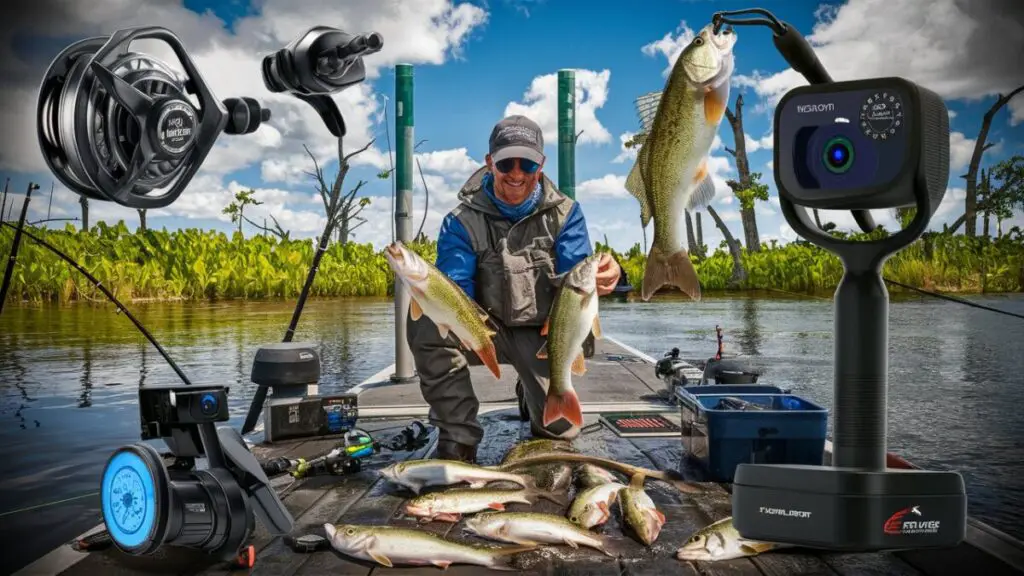
Wealth Oversight
Budgeting and Expenses
Make sure your project has a solid financial plan by developing a comprehensive budget that accounts for every expense, from start-up costs for building to continuing costs for operations.
This thorough financial plan provides control and transparency, acting as a roadmap.
Ensure its continued viability by closely monitoring the budget and making any necessary adjustments.
Frequent evaluations enable proactive decision-making by pointing out potential areas for cost- and optimization-effectiveness.
Adopting a flexible finance plan promotes adaptability, which is essential for sustained success in building and continuing business operations.
Profitability Analysis
To determine its profitability, regularly analyze your farm’s income, costs, and return on investment.
Making wise judgments and preserving financial stability depend on this discipline.
By regularly monitoring your sources of income, you can identify patterns and seize profitable opportunities.
Assessing expenditures ensures effective resource allocation and, where required, reduces costs.
On a regular basis, reviewing return on investment gives you insight into how successful your farming tactics are.
Farmers that use this proactive strategy may maximize financial performance, adjust to market swings, and promote long-term sustainability in their farming activities.

Difficulties and Resolutions
Common Issues in Fish Farming
To foster resilience in our community, it’s imperative to acknowledge and address common challenges such as disease outbreaks, market fluctuations, and environmental factors.
Let’s Go Fishing: A Book for All Young Anglers
By recognizing the impact of these issues, we can proactively implement strategies that strengthen our ability to adapt and thrive.
Robust healthcare systems, diversified economic approaches, and sustainable environmental practices are integral components of a comprehensive strategy.
Through collaborative efforts, we can not only mitigate the immediate effects of these challenges but also build a foundation for long-term resilience, ensuring the well-being of our society in the face of uncertainty.
Problem-Solving Strategies
To strengthen your fish farm’s resilience, you must create backup plans and strategies that account for and handle unforeseen circumstances.
Do a thorough risk analysis to find weak points in your business processes.
Reduce difficulties by putting in place a strong infrastructure, utilizing cutting-edge aquaculture technology, and following sustainable practices.
Also, establish efficient communication routes so that you can react quickly to unexpected events.
On a regular basis, make sure your backup plans are up-to-date and in line with changing industry requirements and environmental shifts.
These preventative steps will increase your fish farm’s overall stability and durability.
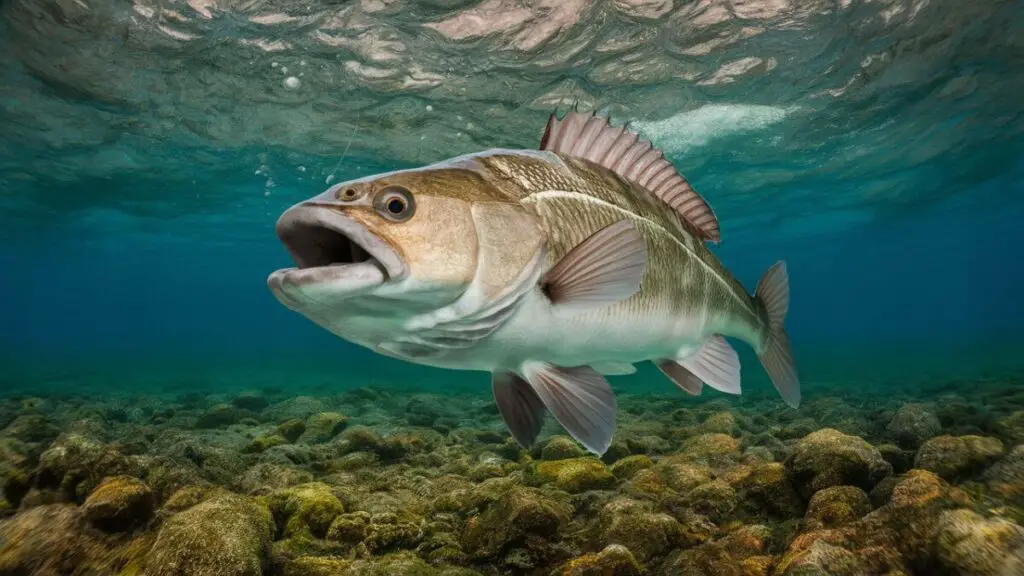
Environmental Stewardship
Eco-Friendly Farming Methods
Investigate eco-friendly agricultural methods to reduce your impact on the environment.
In order to achieve a healthy balance between agriculture and the natural world, use eco-friendly technology and conservation measures.
Precision farming methods like drip irrigation and organic fertilizers can help us limit soil deterioration and use less water.
A reduced carbon footprint is another benefit of using renewable energy sources in farming operations.
These programs improve agricultural productivity over the long term while also safeguarding ecosystems.
To guarantee a robust and ecologically responsible future for our food production systems, it is imperative that farmers and legislators work together to prioritize sustainability.
Conservation and Stewardship
Our continuous endeavors to cultivate a sustainable future consistently exhibit our dedication to environmental responsibility.
We actively participate in environmental preservation efforts and promote appropriate water consumption by putting conscientious methods into effect.
We want to lead by example, which is why we support conservation efforts and embrace cutting-edge technology.
Our commitment to these fundamental values highlights our duty to protect the environment and advances the larger global movement for a more peaceful and healthy cohabitation with nature.

Triumph Narratives
Examining the ever-changing realm of aquaculture, Profiles of Successful Fish Farmers provides an engrossing look at successes in the sector.
These stories are full of experiences and successes, and they are a valuable resource for those who aspire to be like them.
Moving stories highlight the variety of tactics and ideas used by skilled aquaculturists.
The readers get knowledge on conquering obstacles and streamlining processes.
A combination of real-world experience and success stories provides tangible knowledge and inspiration, guiding enthusiasts toward their objectives in the dynamic field of aquaculture.

Prospects of Aquaculture Advancements
Technological Advancements
Maintaining ideal aquaculture methods requires keeping up with technological advancements in fish farming, such as automated feeding systems and real-time monitoring.
These developments boost sustainable fisheries management, increase efficiency, and lower costs.
Automated feeding systems streamline feeding procedures, guarantee accurate nutrition, and reduce waste.
In the meantime, real-time monitoring offers insightful information on fish behavior, water quality, and system performance as a whole.
Let’s Go Fishing: A Book for All Young Anglers
By embracing these cutting-edge solutions, fish farmers can foster a healthier environment for aquatic life, ultimately leading to increased productivity and long-term sustainability in the industry.
Emerging Market Opportunities
In the ever-changing world of fish farming, it’s critical to investigate new markets and take advantage of new possibilities.
The changing environment offers a plethora of opportunities for development and innovation.
Through deliberate navigation of these waterways, firms may access hitherto unexplored opportunities.
Maintaining an advantage will require embracing sustainable practices, technological improvements, and market trends.
In a sector that relies on exploration and strategic adaptation, proactive involvement with multiple markets equips firms for success as aquaculture continues to evolve. This promotes resilience and flexibility.
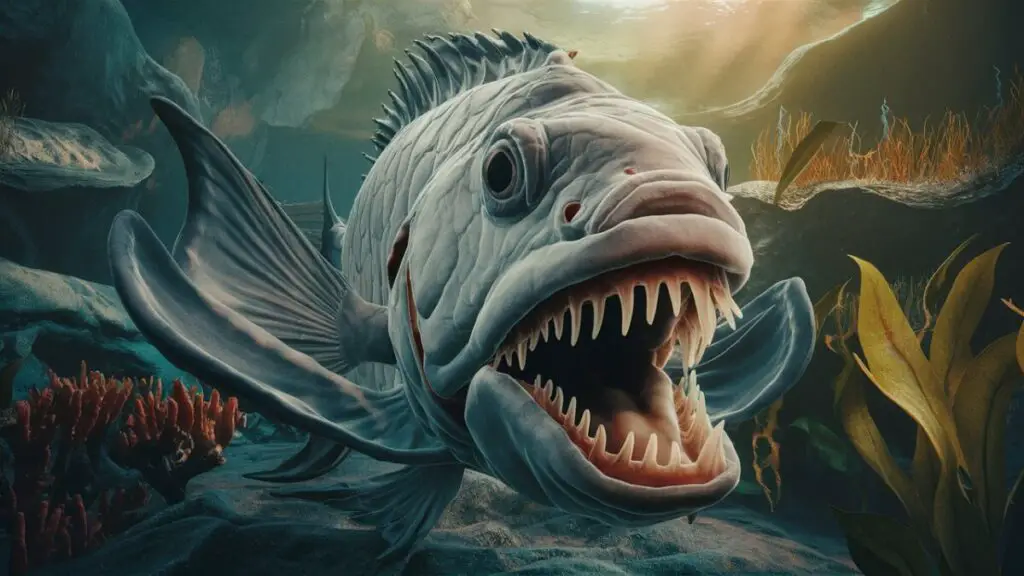
Closing Remarks
In conclusion, it takes careful planning, steadfast commitment, and constant maintenance to turn a pond into a successful fish farm.
By strategically using the detailed instructions above, ambitious fish farmers may overcome obstacles and increase their chances of success by taking advantage of opportunities.
This all-encompassing strategy creates a robust and sustainable fish farming enterprise where diligence, commitment, and a proactive management style serve as the pillars of a successful aquaculture project.
FAQs
How much space do I need for a fish farm?
The required space depends on factors like the chosen fish species and production goals. A detailed plan can help determine the optimal size.
What are the best fish species for beginners?
Tilapia and catfish are often recommended for beginners due to their hardiness and adaptability.
How can I market my fish farm products effectively?
Effective branding, an online presence, and engaging with local markets and restaurants can enhance your product’s visibility.
What measures can I take to prevent fish diseases?
Regular water quality monitoring, quarantine procedures, and vaccination programs are essential for disease prevention.
Are there government grants or subsidies for fish farmers?
Many countries offer grants or subsidies to support the aquaculture industry. Research local agricultural programs for potential financial assistance.
Hooked on Tech: Exploring the latest Fishing Gadgets that Anglers swear by.
In the realm of angling, where tradition and technology often converge, a new wave of fishing gadgets has emerged, transforming the way anglers approach their craft.
From advanced fish finders to smart bait systems, these innovations have not only revolutionized the fishing experience but have also garnered a loyal following among anglers worldwide.

